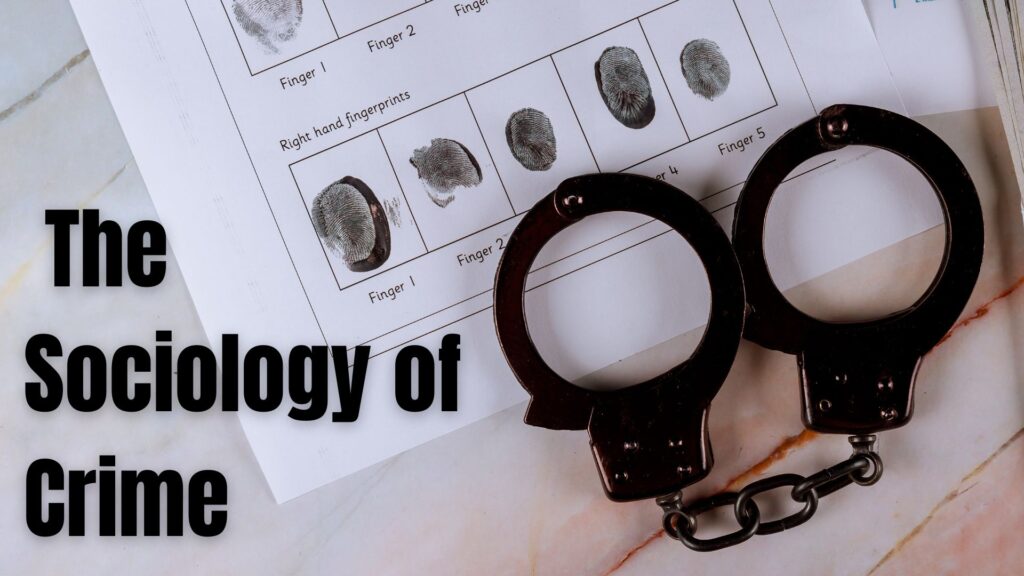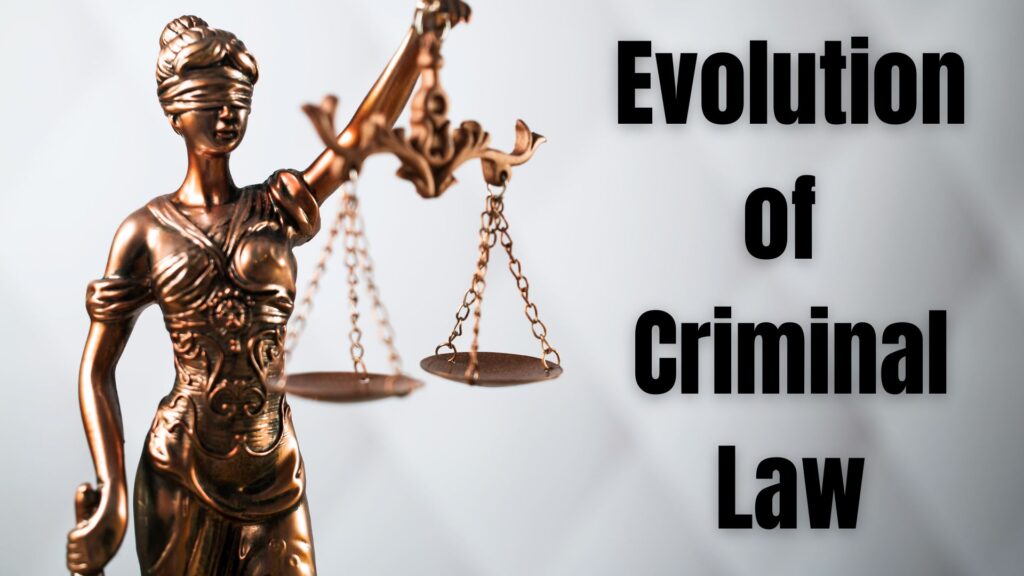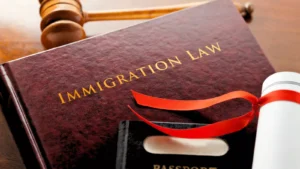The connection between Criminal Law and Sociology has long intrigued scholars, legal experts, and sociologists. Criminal law defines society’s rules, outlining acceptable behaviour and punishments for violations. In contrast, sociology explores human behaviour within a wider social context, examining how cultural norms and societal structures shape these laws.
This blog decodes the relationship between law and society, showing how social influence on criminal law shapes legal systems and how laws impact society. By analysing the sociology of crime and criminal justice and social factors, we gain a deeper understanding of this dynamic.
Understanding the Sociology of Crime

To truly grasp the relationship between Criminal Law and Sociology, we need to look at the sociology of crime. This area explores the deeper reasons behind why people commit crimes, focusing on social factors like poverty, education, family background, and inequality. Sociologists ask important, relatable questions:
- Why do certain people or groups turn to crime?
- How does society respond?
- How do institutions like family and education affect criminal behaviour?
Criminal law reflects societal values, but crime itself is often shaped by social norms. What is deemed a crime in one society may be acceptable in another. Issues like substance use, homosexuality, and blasphemy vary globally, demonstrating the social influence on criminal law and how the relationship between law and society evolves with societal change.
The Role of Social Factors in Criminal Justice
The relationship between Law and Society becomes particularly clear when we explore how Criminal Justice and Social Factors interact. The criminal justice system operates within a larger social framework, where factors like race, class, gender, and economic status can shape how laws are applied and who is targeted by legal enforcement. Sociologists have observed that minority groups and individuals from lower-income backgrounds are often unfairly impacted by specific legal practices.
For example, studies in the sociology of crime reveal that marginalised groups are frequently overrepresented in prisons, suggesting that criminal justice policies may reflect deeper societal biases. Social issues like poverty and limited access to education also play a critical role in driving crime rates. Those living in disadvantaged areas often face fewer opportunities, which can lead to higher crime rates as individuals seek other ways to survive or improve their circumstances. In this way, criminal law can reflect and even strengthen existing social inequalities.
Moreover, public perceptions of crime are often shaped by social narratives, media coverage, and political debates. Some crimes may be exaggerated by the media, sparking moral panics that result in harsher legal responses. This social influence on Criminal Law illustrates how closely law is tied to society’s values and perceptions, often reinforcing, rather than challenging, social inequities.
The Evolution of Criminal Law: A Reflection of Society

Criminal law changes over time as society evolves. The decriminalisation of homosexuality in countries like India and the UK shows how laws can adapt to new social attitudes. A hundred years ago, many nations considered homosexuality a crime, but today, same-sex marriages are legal in many places. This reflects the close relationship between Law and Society, as social views on sexuality have shifted.
Similarly, once strict laws on drug use, such as cannabis, are now being reconsidered. The legalisation of cannabis in some areas reflects a growing social and scientific understanding that such harsh laws may cause more harm, especially to certain groups. This social influence on Criminal Law shows that laws are not fixed; they change with society’s values and knowledge.
The #MeToo movement has also led to significant changes in how sexual harassment and assault are viewed. As awareness and concern about these issues grew, many countries introduced tougher laws to address sexual crimes. These examples highlight how Criminal Justice and Social Factors interact, demonstrating that laws continue to develop as society’s views and needs change, an ongoing dialogue explored through Criminal Law and Sociology.
Criminal Law as a Tool for Social Control
Criminal law is shaped by society but also works as a tool for controlling behaviour and keeping order. It reflects what a community believes is right or wrong and punishes those who break these rules. In this way, criminal law reinforces social norms by turning them into legal rules.
However, from the perspective of Criminal Law and Sociology, some argue that laws can be used to maintain the status quo and protect those in power. For example, during colonial times, many laws were designed to control the colonised population rather than deliver justice. Even today, laws on protests, immigration, or drug use may disproportionately affect marginalised groups, showing how Criminal Justice and Social Factors intersect.
In democratic societies, criminal law must balance personal freedoms with the need for safety and order. But how can laws adapt to changing social realities while ensuring justice for all? This question highlights the ongoing relationship between Law and Society and the social influence on Criminal Law.
Sociology and Legal Reform
Alt: Sociology and Legal Reform
The sociology of crime plays a key role in pushing for changes in the law. Sociologists often highlight how some laws may reinforce social inequalities or fail to tackle the real causes of crime. By examining the relationship between Law and Society, policymakers can design fairer legal systems that address social problems and promote justice.
For instance, many sociologists support restorative justice, which focuses on rehabilitation over punishment, particularly for non-violent offenders. This approach considers the wider Criminal Justice and Social Factors, aiming to reintegrate offenders into society rather than excluding them. Legal reforms based on these sociological ideas are more likely to address the deeper causes of crime, showing the social influence on Criminal Law and promoting lasting change.
Conclusion
The relationship between Criminal Law and Sociology is intricate and ever-changing. Criminal law both reflects and influences society, capturing its values, norms, and inequalities. By studying the sociology of crime and recognising the social influence on Criminal Law, we better understand how legal systems work and adapt. As society’s attitudes change, so do the laws that govern us. Exploring Criminal Justice and Social Factors is vital for understanding crime and developing fairer legal systems in the future, as law is deeply shaped by human experiences and social dynamics.
Read more: Practical Tips for Law Students by CJI Chandrachud
All Final Year Law Students Can Now Appear For AIBE 2024





